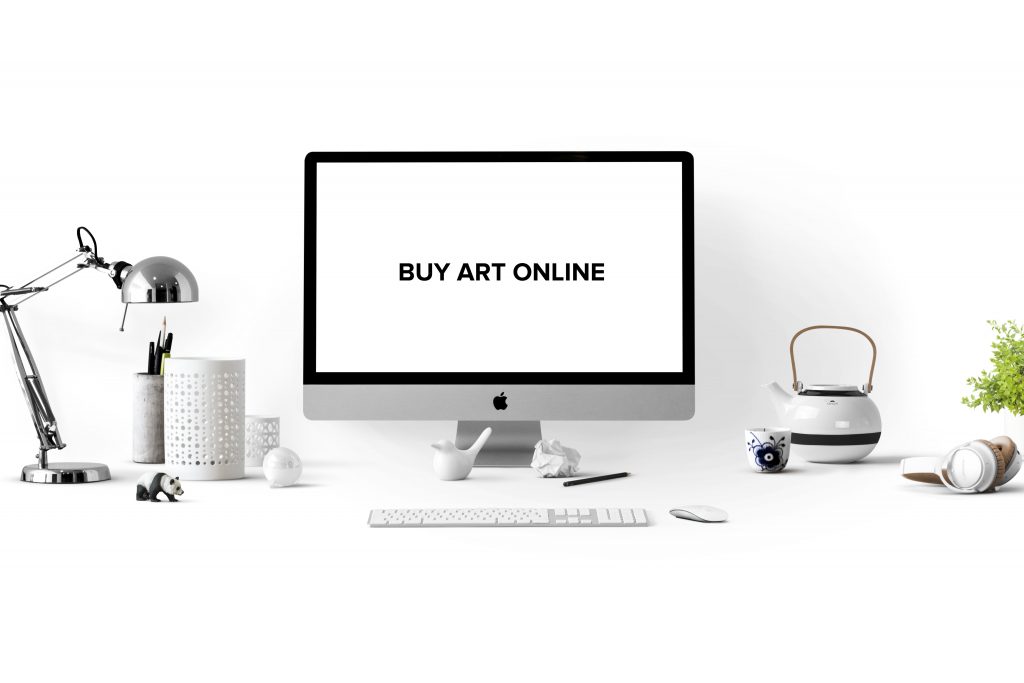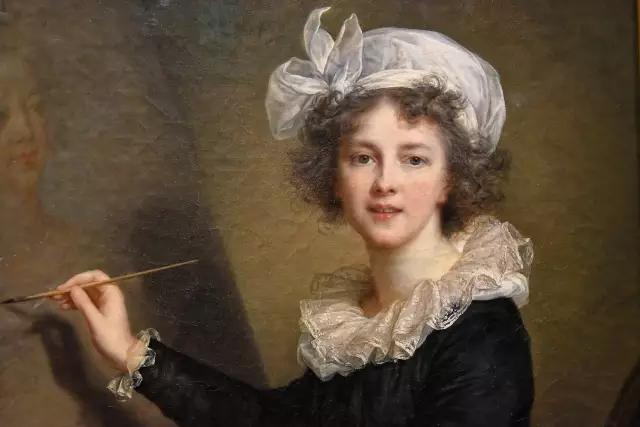
Think about how much time you spend every day browsing the Internet. It’s incredibly satisfying to scroll through social media, such as Instagram, to marvel at works of art, especially when you can dig deeper into artists’ websites from your smartphone anytime, anywhere. As the art world goes digital, art itself becomes demystified and more accessible. This is why buying art online has become incredibly convenient. At least that’s what it feels like to the end user. But what do the experts say?
A new UBS Investor Watch Pulse Report detailing a survey of 175 art collectors and high-net-worth individuals (each with at least $5 million in assets) found that more than a half of subjects surveyed have previously bought a work they found online, without ever having seen it in person—a number that more than doubled since last year. Sales are increasingly made through digital sources, the report states. More than 60% of collectors surveyed have participated in an online auction in the past year. And 65% said that they felt compelled to “seriously consider buying” art after spotting it on social media.
The Hiscox Online Trade Report further emphasizes the point: online art market sales are up despite the slowing global art market. The share of the online art market is currently 8,4% of the overall art market, up from 7.4% since the previous year. While the conversion of online art buyers remains static, the ones that are already active are increasing their volume of purchases, which signals building up trust to the online trade mechanisms in the art industry. Auction houses are adapting too, and faster than before. Online-only auction saw a particularly strong increase at Christie’s, with an 84% jump in sales. Meanwhile, one of the biggest online players, Heritage Auction, reported that 41% of its auction sales are now conducted online.
Karl Ruppert, the market head of Florida private wealth management at UBS, said: “The technological trends changing the economy are increasingly changing the art market. There are potential opportunities presented through future growth of the online art market to attract new buyers at different price levels, which is beneficial to the health of the overall market. For gallerists, fairs, auction houses, artists and collectors, digital tools will be a key area of growth over the next five years.”








